On September 21st, 2023, Microsoft officially launched the new Outlook desktop app for Windows, and in early 2024, it will be pushed out to all organizations by default. Since Outlook 2013, the Windows desktop Outlook app hasn’t changed much - only minor visual tweaks and a few new features. Now, with the new version of Outlook, Microsoft is revamping the desktop version of Outlook to be on par with Outlook on the web.
The new Outlook feels like Outlook on the web – and whether you like it or not, this is the strategic direction that Microsoft is going in. The benefit is that users will now have a consistent user experience across all platforms – something that is long overdue. In addition to having a consistent user interface, the new Outlook also introduces some new AI capabilities that are not currently available in the classic version of Outlook, as well as improved speed and performance.
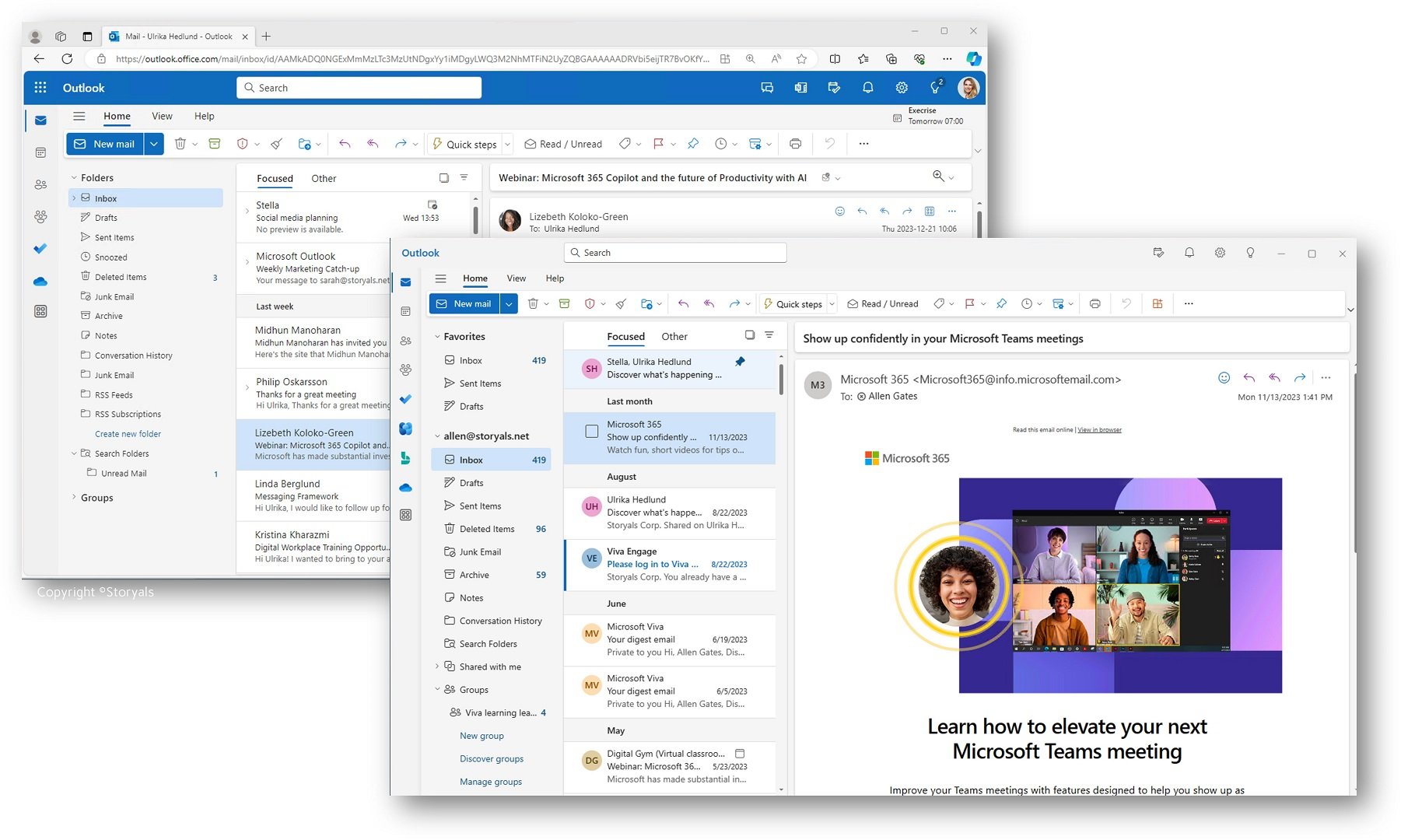
Faster and leaner user interface
The new Microsoft Outlook is noticeably faster with simplified menus making navigation more intuitive. Email and calendar content is loaded almost instantly when rapidly switching between various emails and calendar appointments. Since new emails load instantly, there is no longer any reason to have a “Send/Receive” button for users to push. The improved performance, combined with the modern Fluent design makes browsing emails more enjoyable. Even though the performance is improved, the substantial change in appearance from the classic version may take a bit of getting used to for some users.
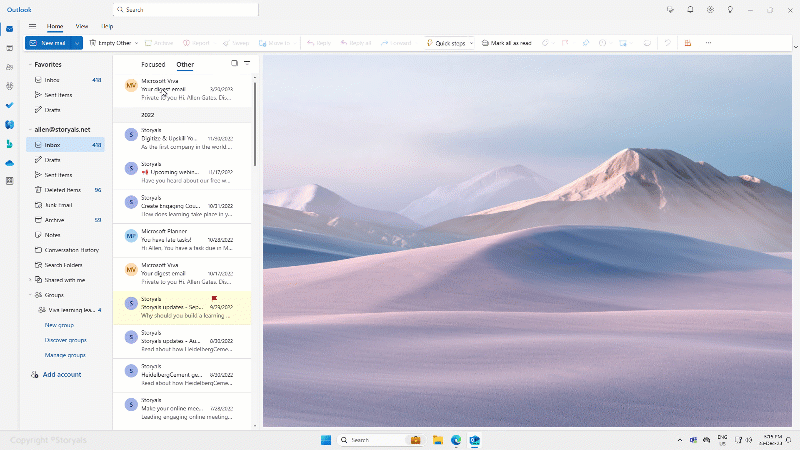
Better support for modern Microsoft 365 Apps
The new Outlook has better support for other modern Microsoft 365 apps like To Do, Loop, and OneDrive to name a few. You can insert a Loop component agenda in your Outlook meeting invitations to keep everyone aligned. You can click the “My Day” button to get access to your To Do tasks without switching apps.

New features
Being able to “sweep”, “pin” and “snooze” emails are features that have been available in Outlook on the web for quite some time – we are happy to see that these features are now available on the new desktop version of Outlook. “Sweep” allows you to quickly organize your emails - like deleting emails older than 10 days from a specific sender. Pinning keeps messages of priority at the top of your inbox, so your important message is never lost with new emails. “Snoozing” an email removes it from the inbox but will reappear at a time you specify.
With the new Outlook you can also keep track of calendar invitations you for some reason have to decline. This way, you can still stay on top of meetings even if you can’t attend yourself. The search experience is also improved with easy-to-use search filter buttons, and a more advanced search drop down window to help users find what they are looking for.
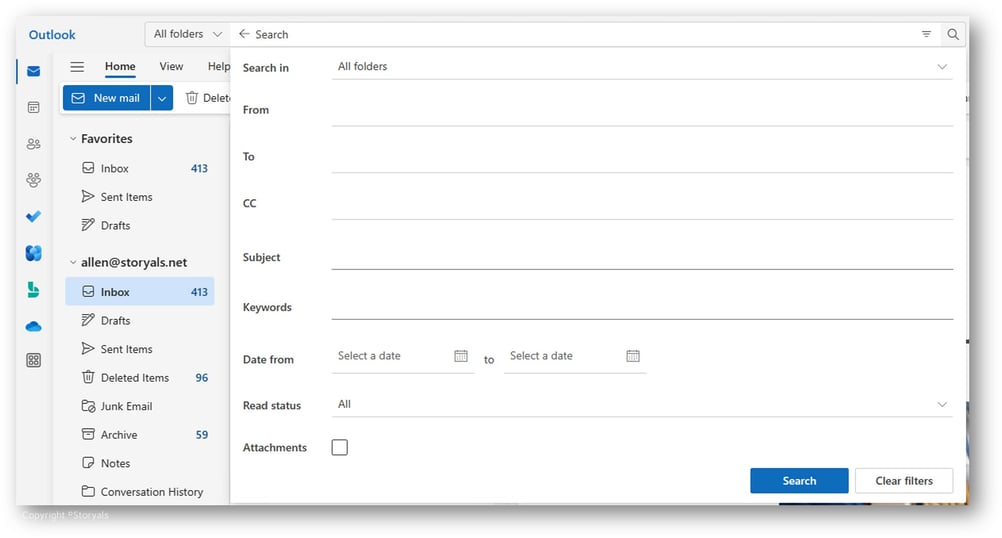
AI and Copilot: Improve your Email Communication
The most groundbreaking new feature present in the New Outlook is the integration of AI with Microsoft Copilot. Copilot offers suggestions to improve email writing, ensuring clarity and effectiveness in communication. Additionally, it assists with tasks like drafting replies, summarizing email threads, and managing overlooked emails. It is to be noted that Microsoft will bring Copilot features to the classic version of Outlook in February 2024.
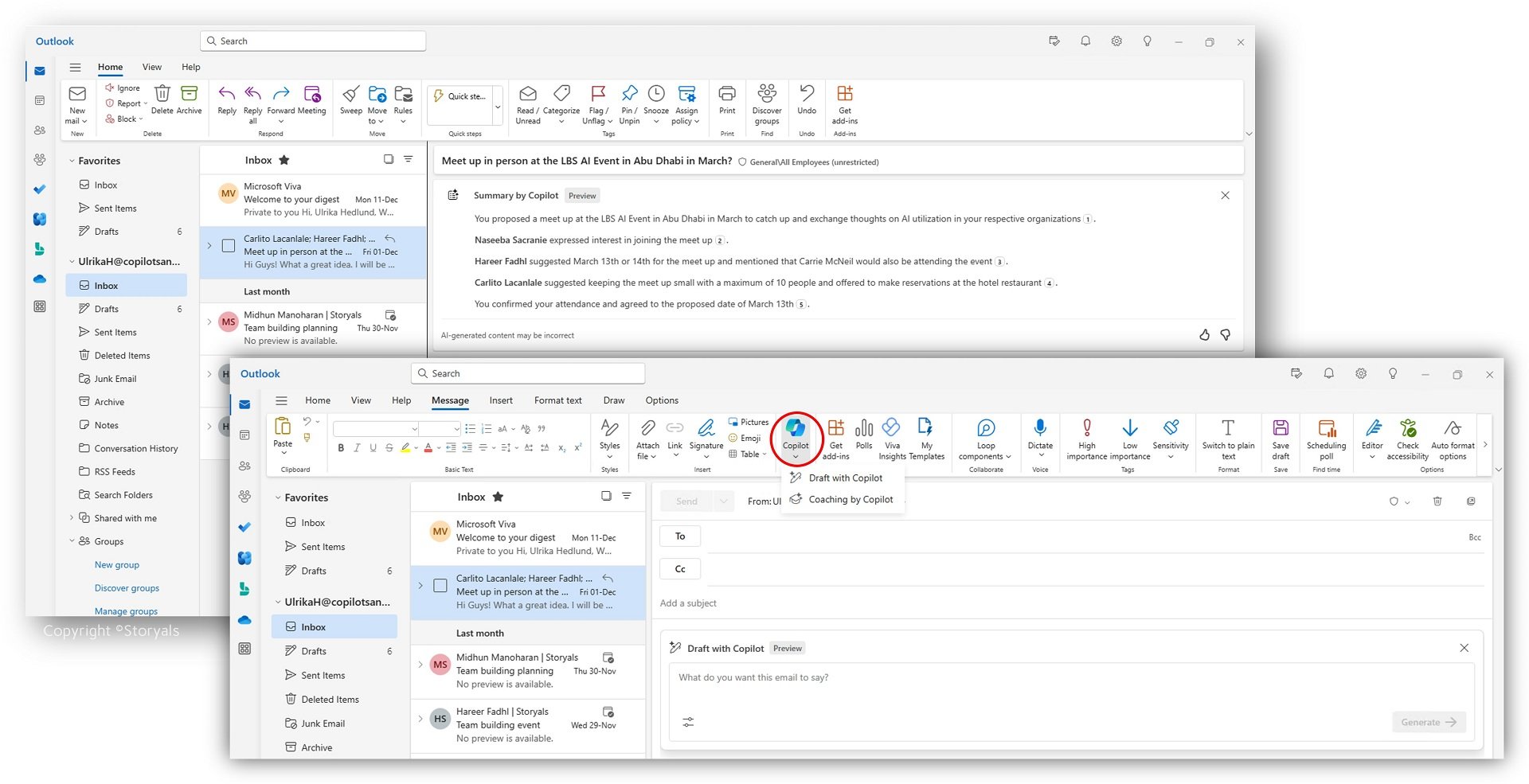
Downsides when switching to the New Outlook
When using the desktop version of Outlook, users expect an end-to-end desktop experience – however, the app icons on the left sidebar of the new Outlook takes you to the browser and opens the online version of the apps. This is counterintuitive, and in our experience quite annoying.
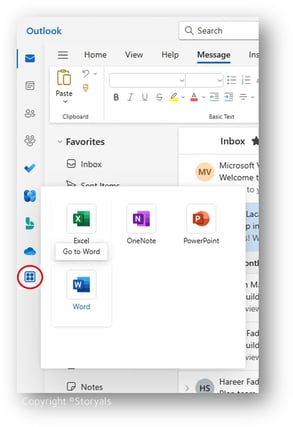
One of the most significant features missing in the New Outlook is the support for working offline. Heavy users of Outlook will not be happy about this missing capability - especially those who work in poor networking environments and frequent travelers. But offline support is coming soon according to Microsoft.
Another feature that is missing in the New Outlook is the support for PST files. The classic version of Outlook uses PST files to store email messages, contacts, calendar information and tasks to access them later without an internet connection on your computer. Since the New Outlook does not support PST file format it therefore cannot be used to backup or export items from your email account. Also this, support for PST files is coming in the near future according to Microsoft.
Conclusion
The New Outlook desktop application might not receive a roaring welcome from your end users, so you might want to hold off on rolling it out to all users for a bit. The lack of offline support alone is a huge setback for many classic Outlook power users. But we are optimistic that the new Outlook has the capacity to be the next revolution in email management once Microsoft carries over features from the classic Outlook and irons out issues with the new app.
Storyals is already working on updating our courses to incorporate the New Outlook desktop app to help organizations seamlessly transition from the classic version of Outlook to the New Outlook desktop app.
Contact us for a smooth adoption of the New Outlook for your users.
